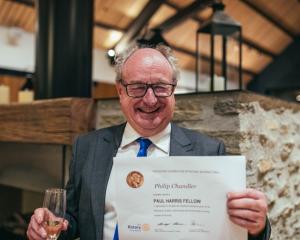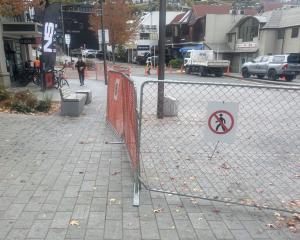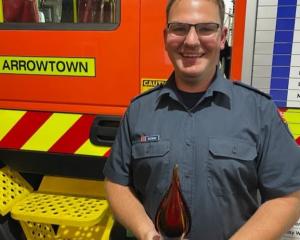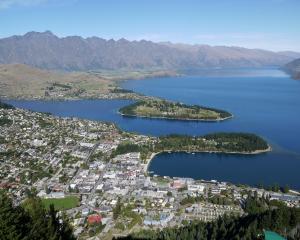The 136-year-old Arrowtown Jail and the 126-year-old Bullendale dynamo are the first projects selected by the Wakatipu Heritage Trust for an estimated $180,000 worth of restoration each.
Chairwoman Susan Stevens, of Gibbston, yesterday said the gold mining-era jail in its urban location was a good match with the technological breakthrough represented by the dynamo in its remote setting.
In use by police until 1987, the Arrowtown Jail was built for £500 in 1876. The jail, containing five cells, can be visited by borrowing the key from the Lakes District Museum.
The Historic Places Trust registered the jail as category one in 1983 and said it was "unique in New Zealand".
Museum director and trustee David Clarke, of Arrowtown, yesterday said the plastered schist Georgian building was suffering from rising damp, plaster cracks, rotting timbers and inadequate drainage.
The Bullendale gold mine above Skippers Canyon was the site of the first industrial use of electricity in New Zealand and was close to a world first. A hydro plant was built at Bullendale in 1886 to power the gold stamper battery at one of the most inaccessible goldfields in the country, the Department of Conservation (Doc) said.
Water flowed down pipes fixed to the 60m cliff face to drive the Pelton wheels and dynamos at the cliff base.
Electricity was transmitted by No 8 copper wire over a high ridge to the battery 3km away, in the first such power transmission in New Zealand.
Bullendale "is a site of international importance as it is among the oldest surviving hydro-electric sites in the world", Doc said.
Mr Clarke said the dynamo mainly needed stabilisation and a roof.
The trust's vision, priorities and project-selection process, from the wealth of worthy historical artefacts in the Lakes district, were all settled by the trust in its first year. The community is encouraged to nominate restoration projects.
Ms Stevens said conservation plans would be commissioned for the projects and funding would need to be applied for, to supplement seed funding from Doc and the Queenstown Lakes District Council.
The charitable organisation aims to "identify, facilitate, support and promote, the conservation, restoration and development of historic heritage in the region in accordance with established conservation criteria, for the benefit of the community".












